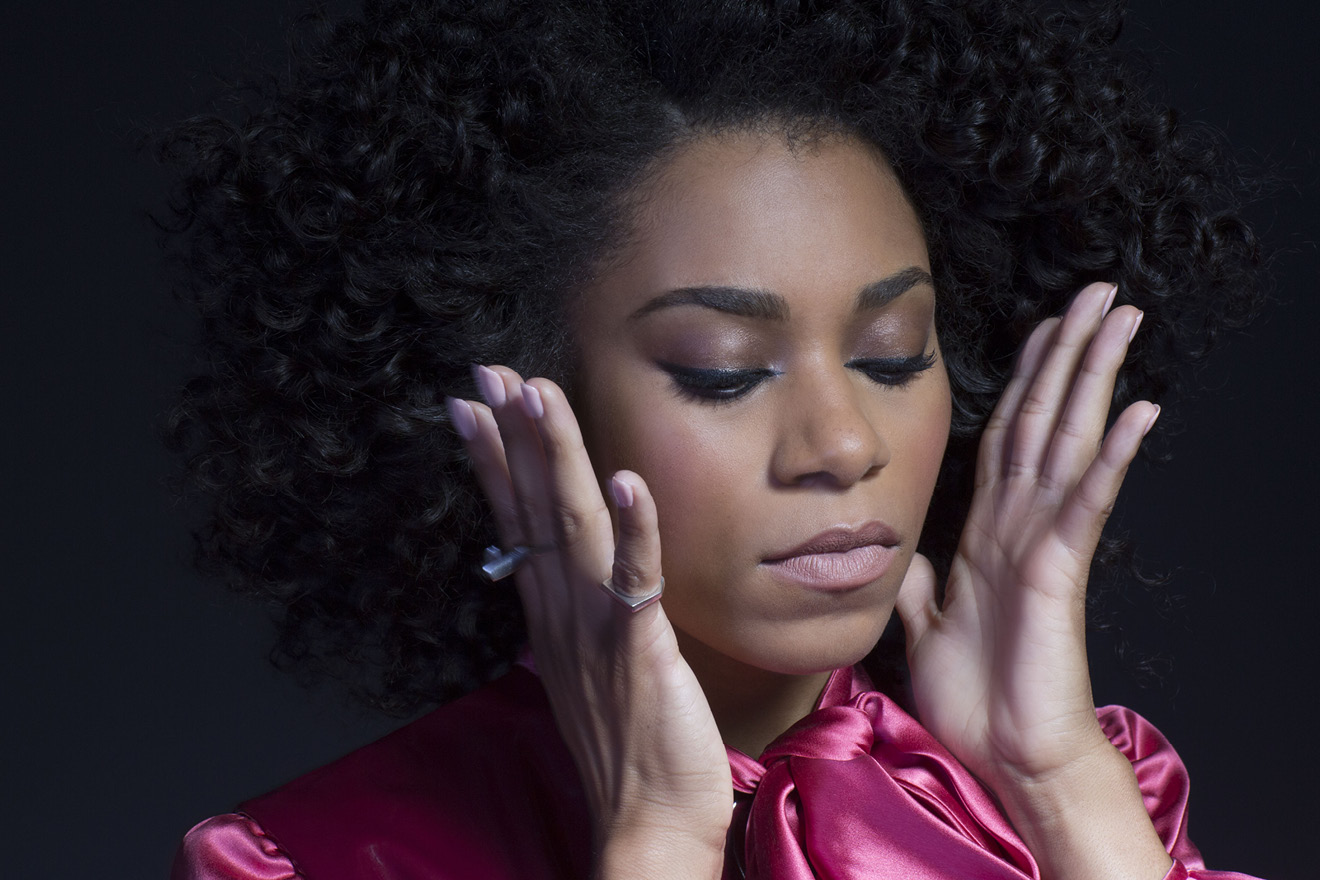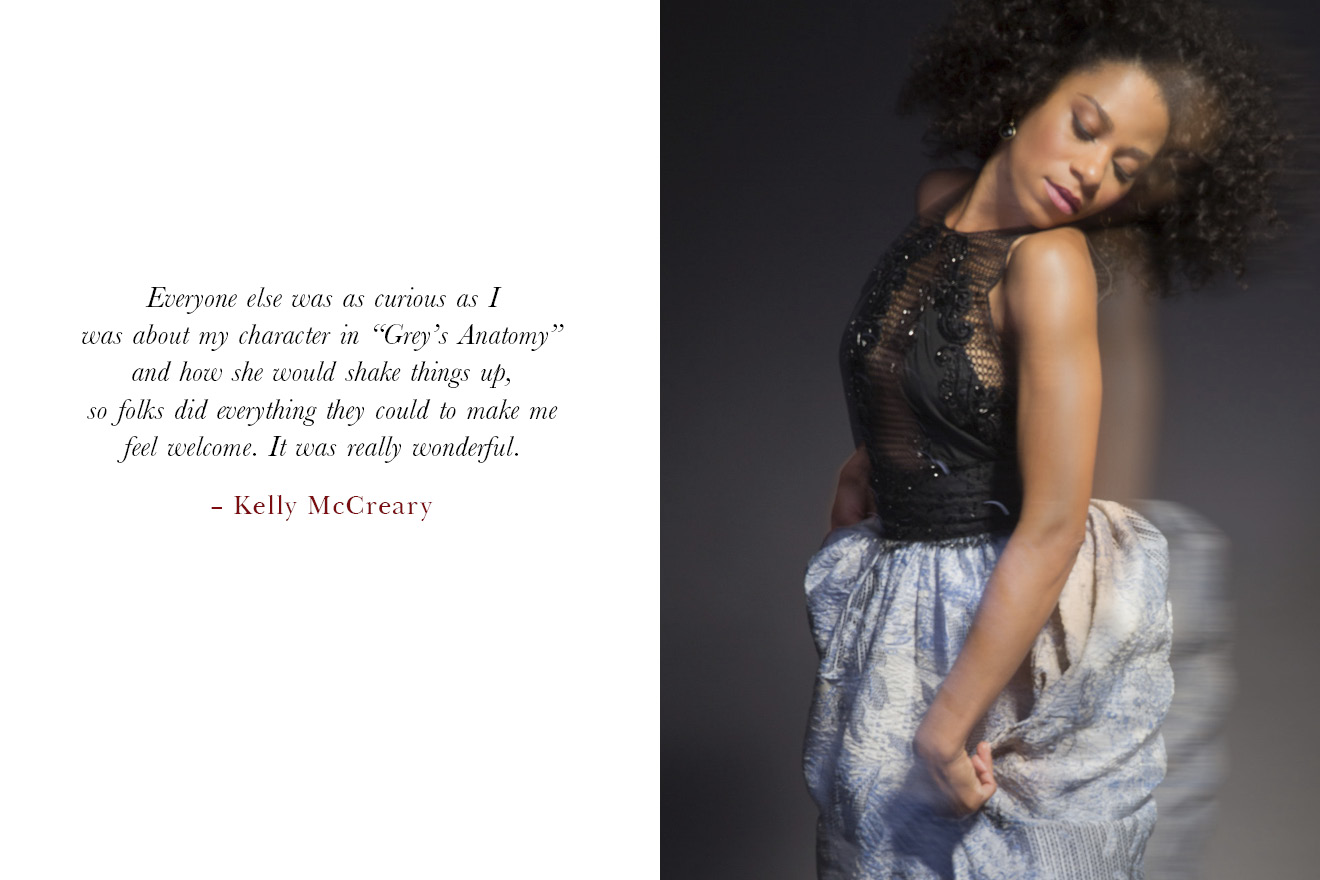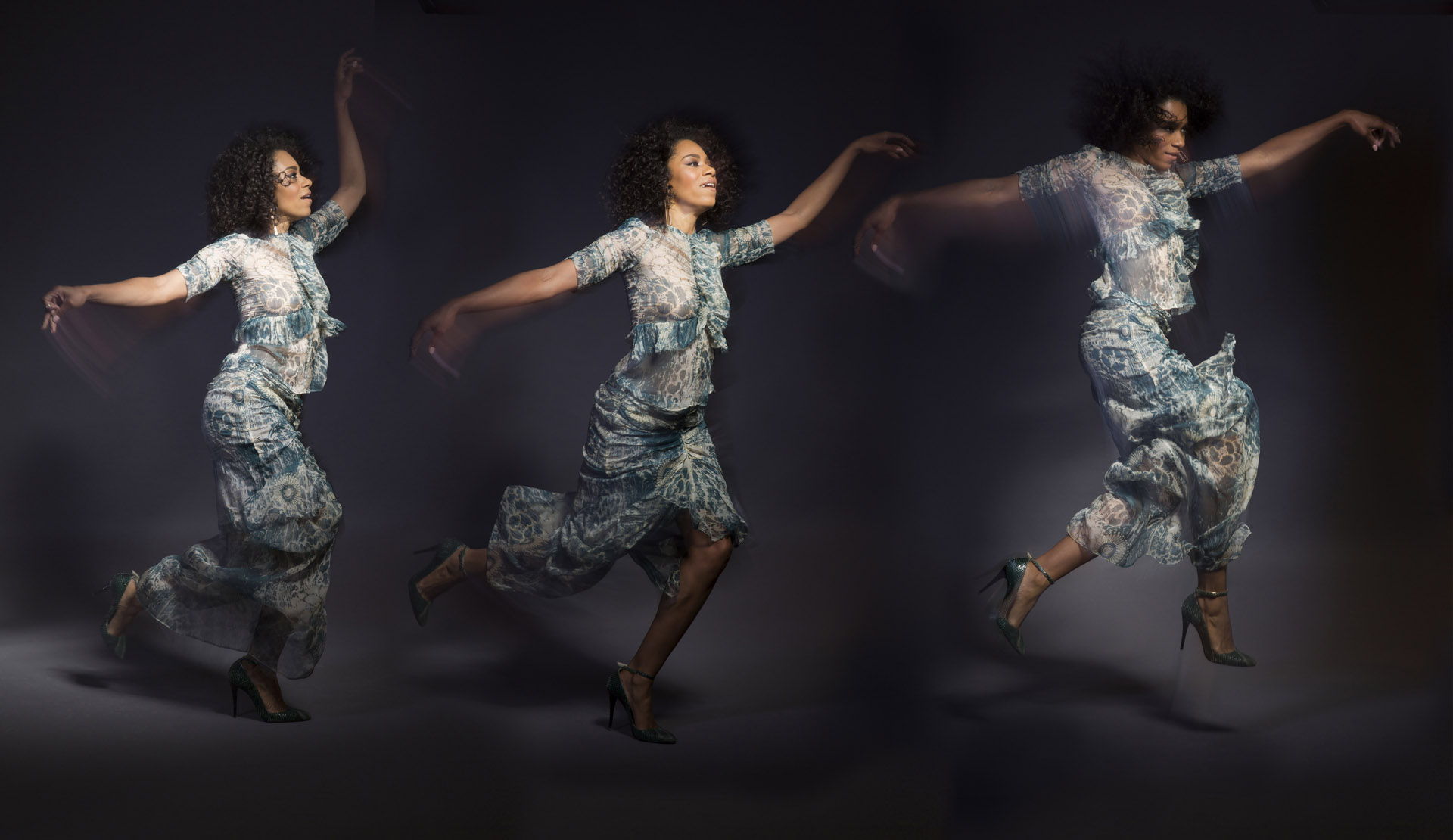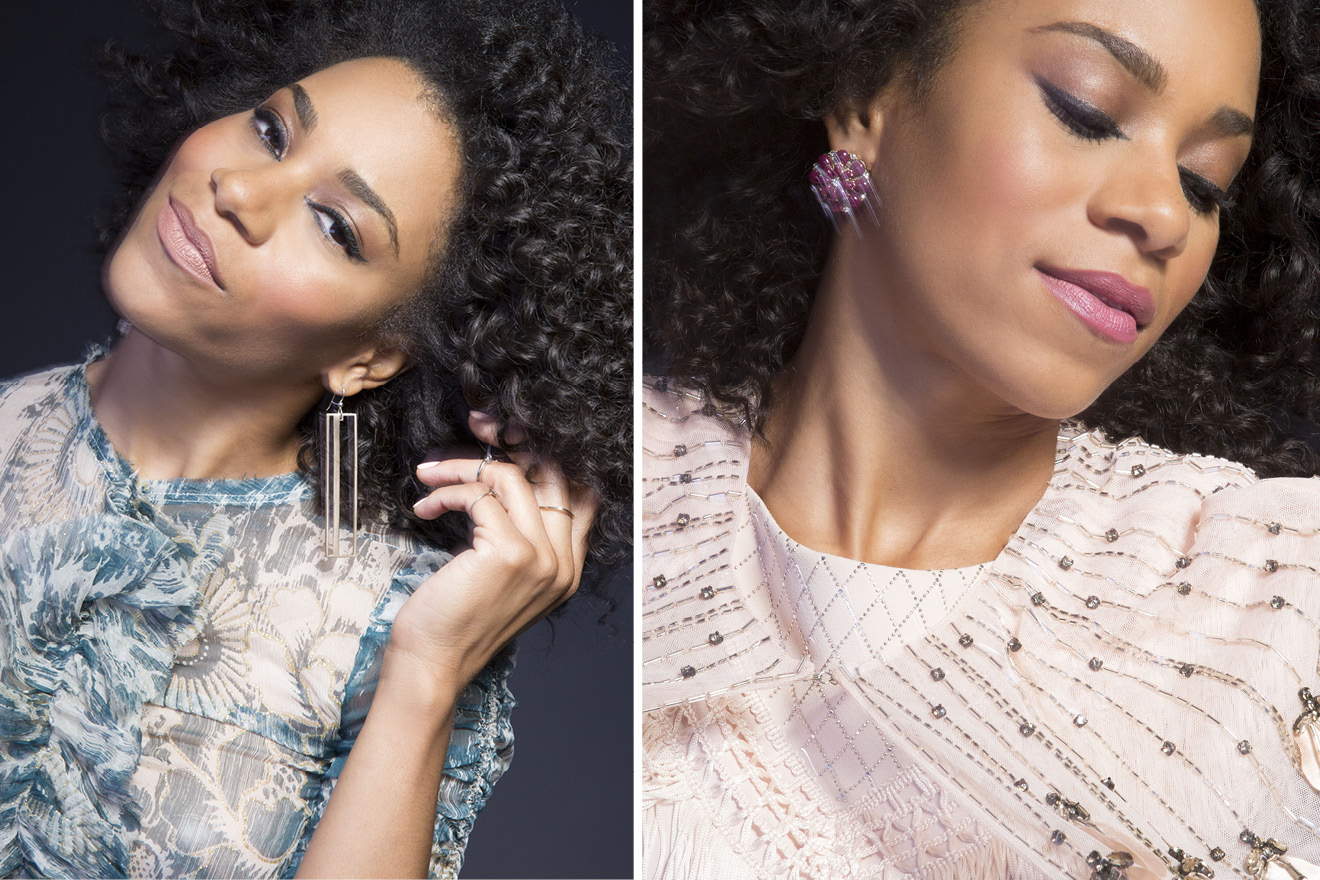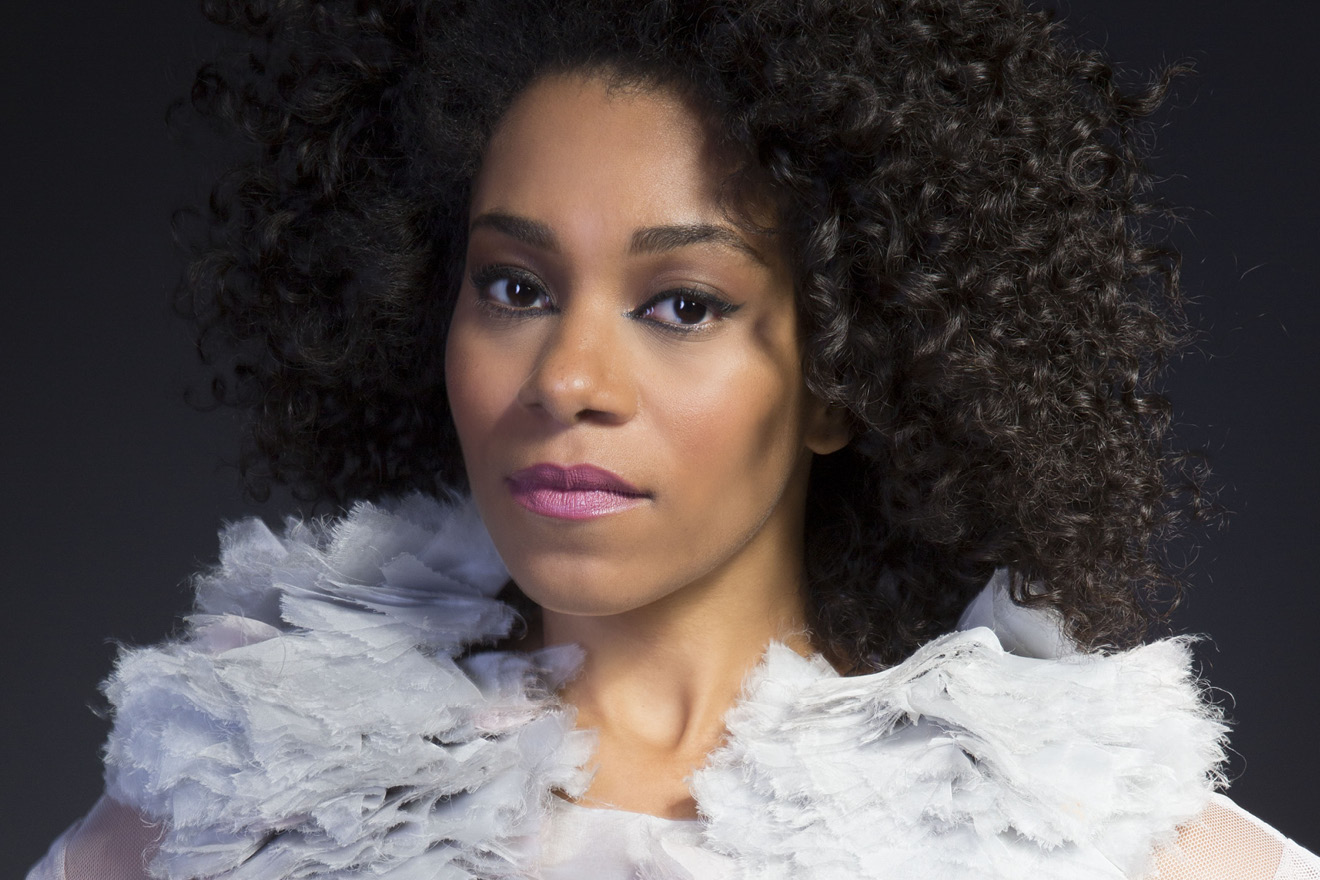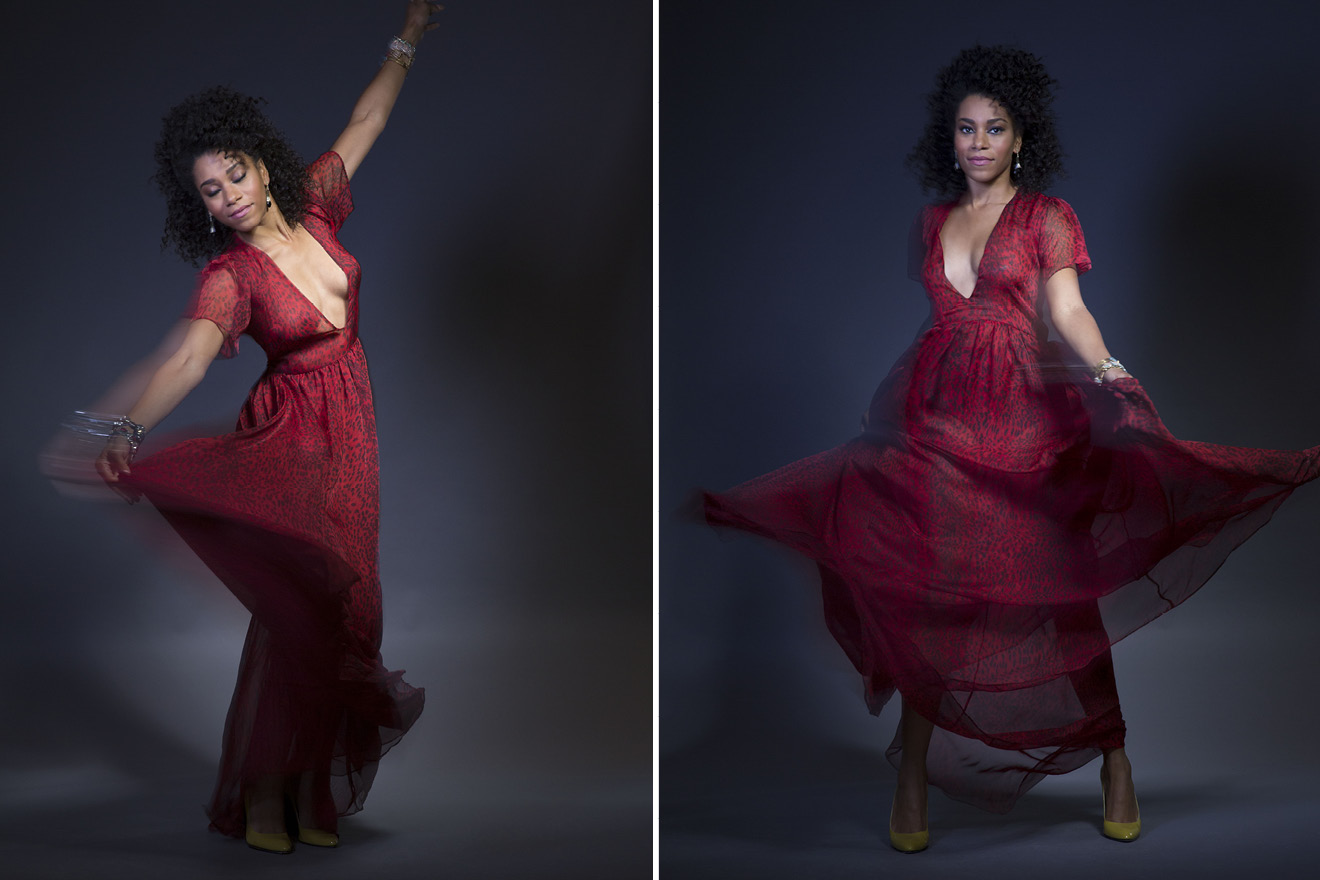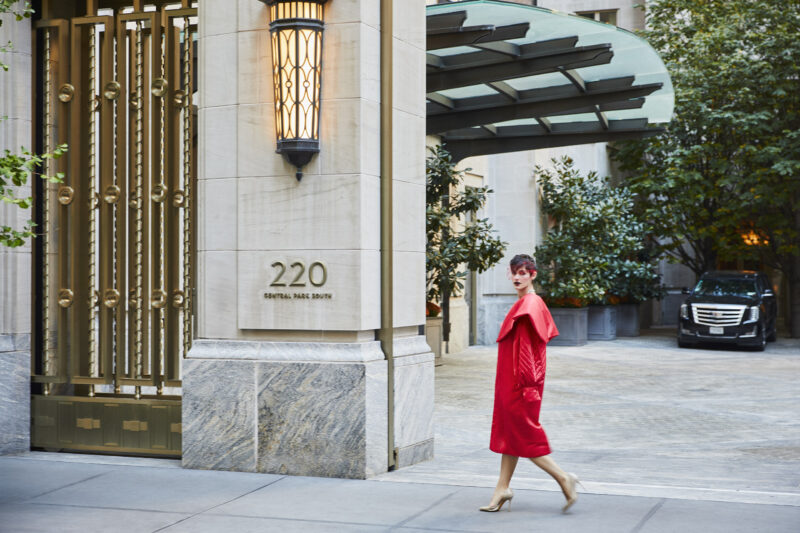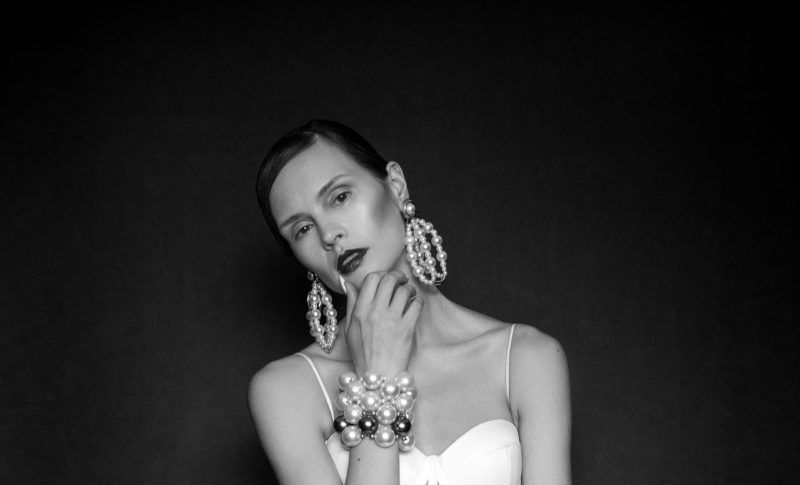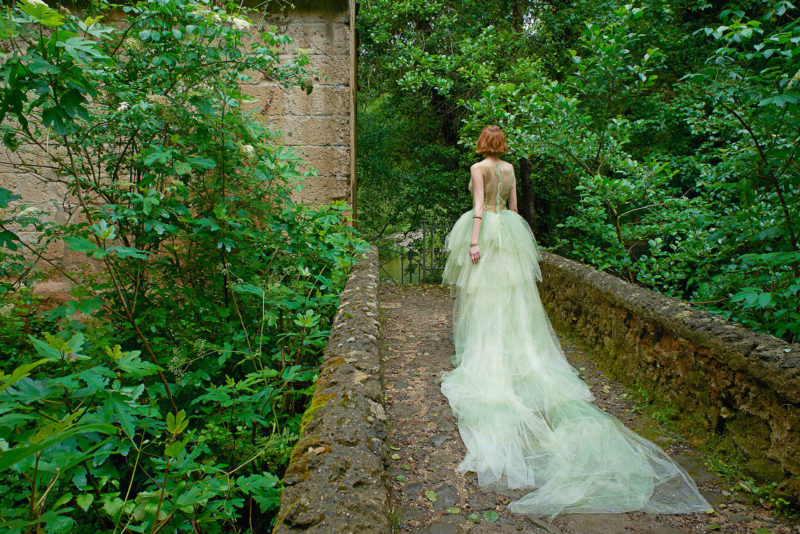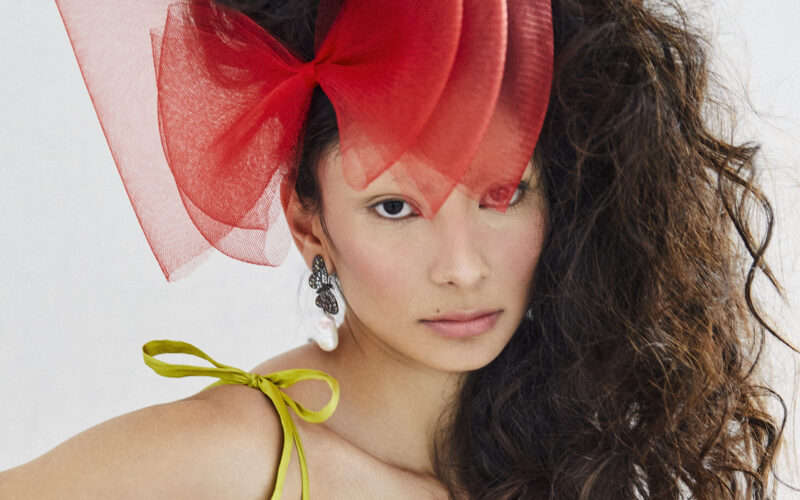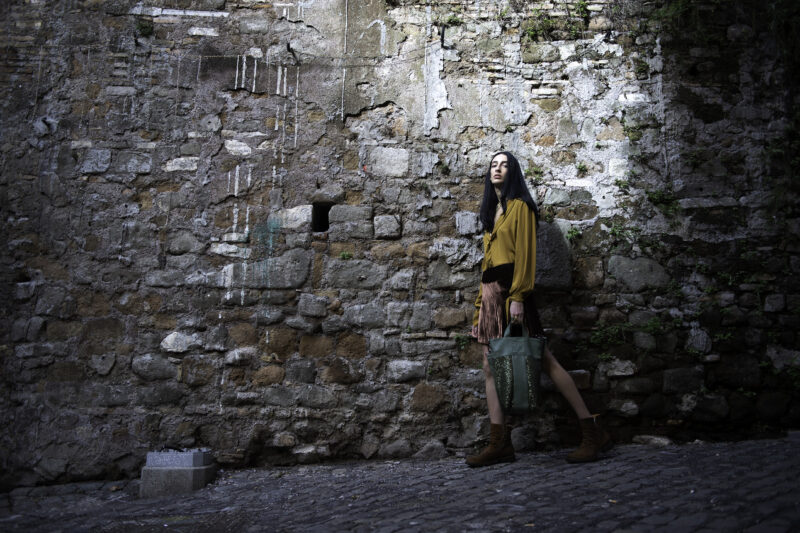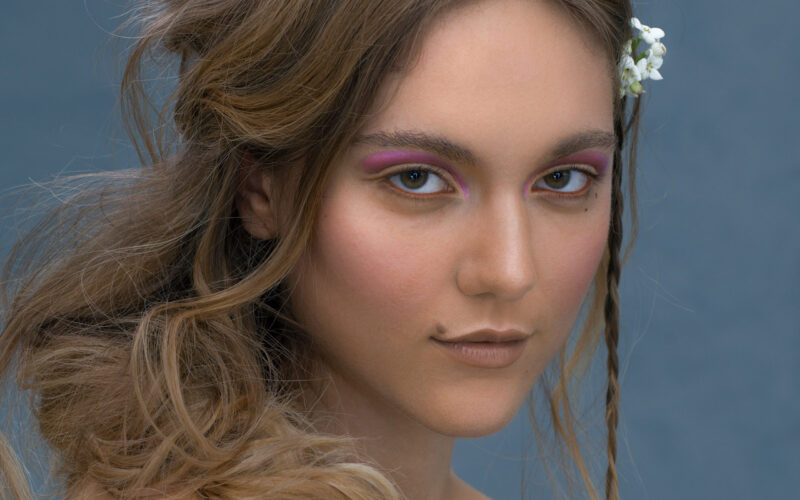Josef Rodriguez: You play a great role in Grey’s Anatomy, and most likely your career will thrive after your performance. How did you get to where you are today?
Kelly McCreary: Hard work and stubborn will! Just kidding, kind of. I toiled for many years in New York City, doing plays, readings, workshops, and the occasional commercial. I was part of a vibrant creative community and I loved telling vital stories onstage. I began doing small roles here and there in tv shows and indie films and then, by the grace of Jennie Snyder Urman, I was cast in the CW’s short-lived “Emily Owens, MD.” That series put me on the radar of some casting directors in LA who became major advocates, especially Shondaland’s initmitible Linda Lowy. A lot more auditions, close calls and a few more bookings later, I was called into read for a new top secret role on Grey’s, and the rest is history!
JR: Some people were unhappy with how the “Grey’s Anatomy” series took a turn. Do you ever have disagreements with the writers about their choice of direction?
KM: So far, I have found that every time I question a storyline, the wisdom or brilliance of the writers’ choice is revealed somewhere down the line. I pretty much trust in Shonda and company’s ability to keep us on the right track.
JR: You entered the show late in the game. How did you see your relationship develop with other members as you spent more time on set?
KM: The first episode of season 11 that we shot was “Puzzle With a Piece Missing,” which featured Maggie very prominently. So from the very beginning of my time on Grey’s, I was able to spend a lot of time getting to know the cast and crew. Plus, everyone else was as curious as I was about my character and how she would shake things up, so folks did everything they could to make me feel welcome. It was really wonderful.
JR: Was acting something you always envisioned for yourself?
KM: I knew from pretty early on that I wanted a life in the arts. I had the good fortune of attending public schools with very strong arts programs, and I was constantly exposed to every form of storytelling and artistic expression from a very young age. I tried my hand at all of it – fine arts, music, dance, writing – but acting was the thing that lit my fire.
JR: What kinds of culture influenced you as a kid, and does that have an impact on what roles you decide to pursue?
KM: I have always been a history buff, and I am really interested in the holes in the storytelling, particularly of American history and the American experience – which and whose stories are excluded from our mainstream understanding of the evolution of this country. Anytime I have the opportunity to shine a light on real or fictionalized alternate narratives of the American experience, I am for it.
JR: Do you ever feel a desire to pursue another avenue of film or television work?
KM: So far I’ve only been an actor! Producing is definitely in my future, though. I see it as an opportunity to pay it forward and I can’t wait to help shepherd unheard and unseen stories to the screen.
JR: What do you find to be the most challenging about acting, especially when you’re playing a character who has had a life or had experiences that are unlike your own?
KM: I call it, “the character hangover” and it’s that hazy time when I’ve completed a role and start to shed any physical, emotional or spiritual attributes of the character that were embedded into me while I played the role. Rediscovering myself is a challenge of the gig but also a joy, because then I get to consciously choose the qualities or skills I want to keep and bring along to create some future character.
JR: You recently portrayed Eartha Kitt in Anton Corbijn’s film “Life.” What are the challenges of portraying a real human?
KM: “Distinctive” is a word that comes to mind when I think of Eartha Kitt. Her voice, her face, her purr, her body. You have to nail the physical attributes so that the performance isn’t distractingly dissimilar to the person people remember so well, but then you also want to let yourself relax into it so it doesn’t feel wooden. The challenge of playing a real human for me was walking that fine line between mimicry and interpretation.
JR: What hobbies and interests do you have outside of your work?
KM: I’m a huge consumer of the arts – I see lots of plays and music and art. I also love tennis, game night and karaoke.
JR: You’re a Milwaukee native, and I think everyone can agree that life in the Midwest is different from residing in an urban area like New York or LA. When you relocated in order to attend Barnard, what was the most difficult adjustment you had to make?
KM: The noise! The subway entrance was just down a few floors outside my dorm room, so I could hear and feel the rumble of the trains at all hours of the days and night. It was a while before my body’s own rhythm sort of melded with the hum of the city and I felt less frazzled and more at home.
JR: What are the advantages or disadvantages of playing a character in ongoing TV series versus playing a character in a film?
KM: One of the advantages of TV is the relationship you get to create with the audience. When a show has been on the air for awhile, people wind up having spent a lot of time with you, and a mutual affection for one another grows.
JR: Grey’s Anatomy is viewed by some to be a prime-time soap opera, but the show is known to tackle some socially controversial issues like LGBT characters, interracial relationships, etc. Do you think it’s important to keep introducing these issues into the sphere of popular culture in today’s social climate?
KM: Absolutely. For many people, their only exposure to LGBT people, or people of color, or people with different politics than their own is via their relationships with the fictional characters of our show. And if exposure helps people release some of their judgements and misconceptions and in turn cultivate empathy and connection, then we need to keep doing what we have been doing.
JR: What is your personal style? Has it changed since you started acting?
KM: Fuss-free. I love a good pair of jeans, a sensible, low heeled bootie, and a comfy shirt or sweater. Now that I have to get dressed up a bit more often, I fuss a little more, but that’s also when I like to play with colors and prints, so it spices things up a bit more.
JR: Finally, where do you see things going after Grey’s Anatomy? Any projects or personal endeavors you’d like to mention?
KM: “Grey’s Anatomy” is stuck with me for awhile, but while I am there, I’ll also be working with the Equal Justice Society, a non-profit that works to transform the nation’s consciousness on race through law, social science and the arts. As its first board member in the arts, I’ll be doing what I can to advance this mission.
RIGHT: dress by ELISABETTA FRANCHI / cape by ELISABETTA FRANCHI / earrings by DANIELLE STEVENS JEWELRY
fashion credits:
ANTHONY FRANCO
SACRED JEWELS
LZZR JEWELRY
SORELLA
MAX MARTIN
NISSA JEWELRY
ELISABETTA FRANCHI
DANIELLE STEVENS JEWELRY
ELLA ZAHLAN
NASHELLE
CENGIZ ABZOGLU
OLIMA
DEEPA GURNANI

